Concept cars often promise futuristic designs and innovative features, but the final production models can sometimes take unexpected turns. Here are ten cars that surprised everyone by deviating significantly from their original concept sketches, resulting in some of the most unique vehicles on the road.
PT Cruiser: From Retro Cool to Retro Quirky

The Chrysler PT Cruiser was initially introduced as a concept car in the late 1990s, capturing attention with its retro-inspired design. The production model, launched in 2000, retained much of the retro charm but added a quirky twist that divided opinions. While some loved its nod to classic cars, others found its bulbous shape and unusual proportions less appealing. Despite mixed reviews, the PT Cruiser became a cultural icon, embodying the early 2000s automotive landscape.
Nissan Juke: The Frog-Like Crossover
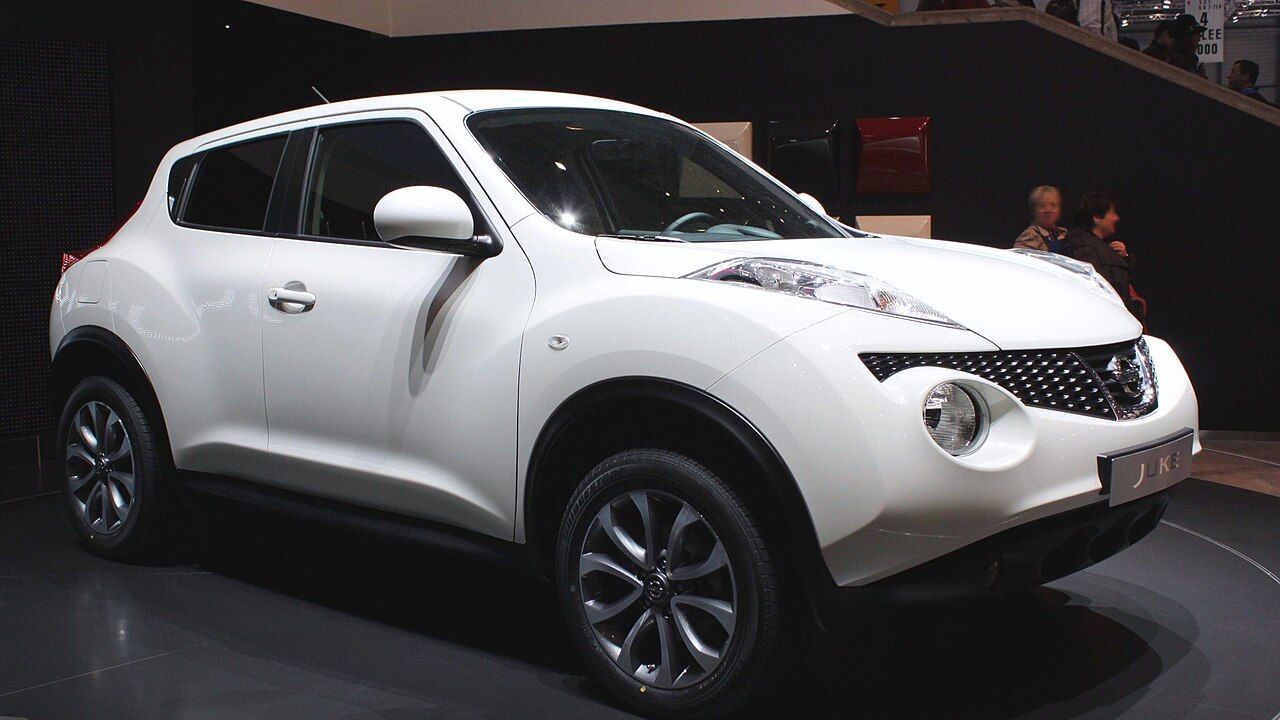
When the Nissan Juke was unveiled in 2010, it stood out with its unconventional design, featuring high-mounted headlights and a frog-like appearance. The concept sketches hinted at a bold crossover, but the final product pushed boundaries even further. Its polarizing look was a gamble that paid off, as the Juke quickly gained a following for its distinctive style and sporty performance. Love it or hate it, the Juke’s design ensured it would never be mistaken for anything else on the road.
Pontiac Aztek: The Icon of Awkward Design
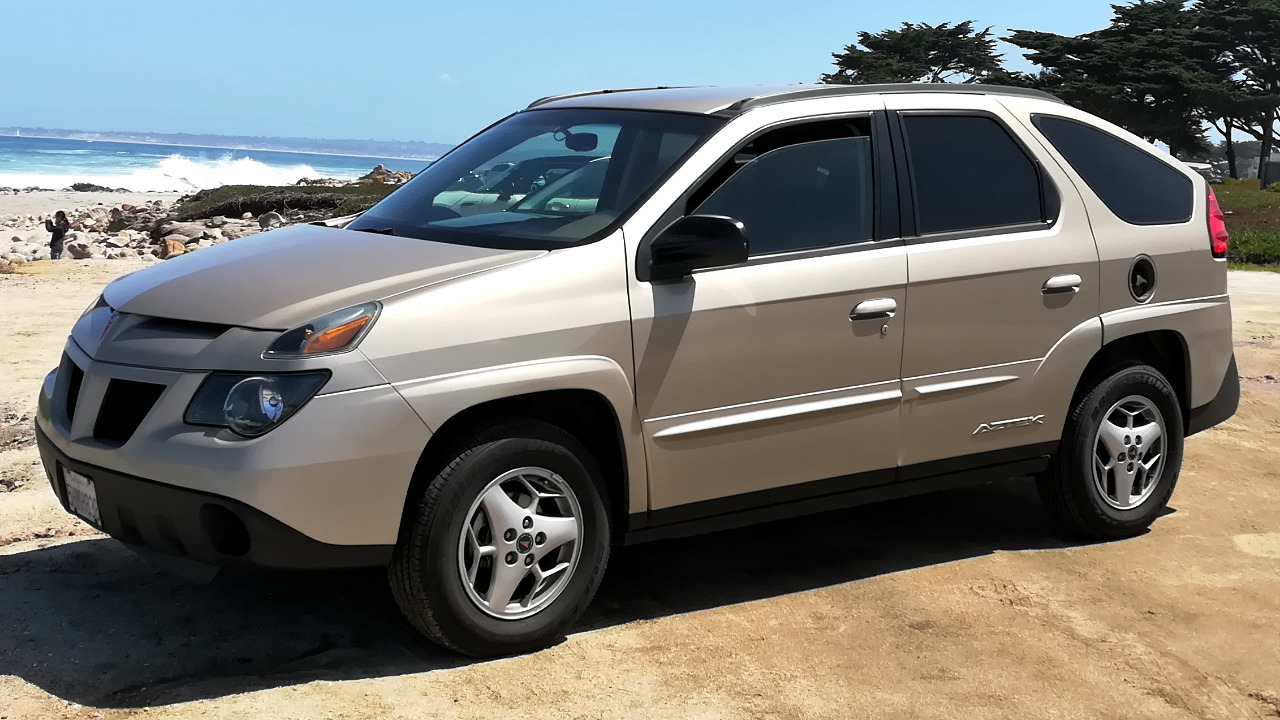
The Pontiac Aztek, launched in 2000, is often remembered for its awkward and clunky design. The concept sketches promised a rugged and versatile SUV, but the production model’s execution left much to be desired. Its unusual proportions and unconventional styling choices made it a frequent target for criticism. Despite its design flaws, the Aztek has gained a cult following, partly due to its role in popular culture, notably as Walter White’s vehicle in the TV series “Breaking Bad.”
Fiat Multipla: The Unusual Minivan

The Fiat Multipla, introduced in 1998, is a minivan that defied conventional design norms. Its concept sketches suggested a practical family vehicle, but the final product featured a unique three-abreast seating arrangement and a distinctive bulging windshield. The Multipla’s quirky design was polarizing, with some appreciating its functionality and others questioning its aesthetics. Despite its unconventional appearance, the Multipla was praised for its spacious interior and practicality.
Subaru Baja: The Truck-Car Hybrid

Launched in 2002, the Subaru Baja was a unique blend of a car and a truck, inspired by the Subaru ST-X concept. The production model retained the concept’s adventurous spirit but added a distinctive truck bed to a car-like body. This hybrid design aimed to offer the best of both worlds, appealing to those seeking versatility and off-road capability. While the Baja’s design was not universally loved, it carved out a niche market and remains a favorite among Subaru enthusiasts.
Chevrolet SSR: The Convertible Pickup
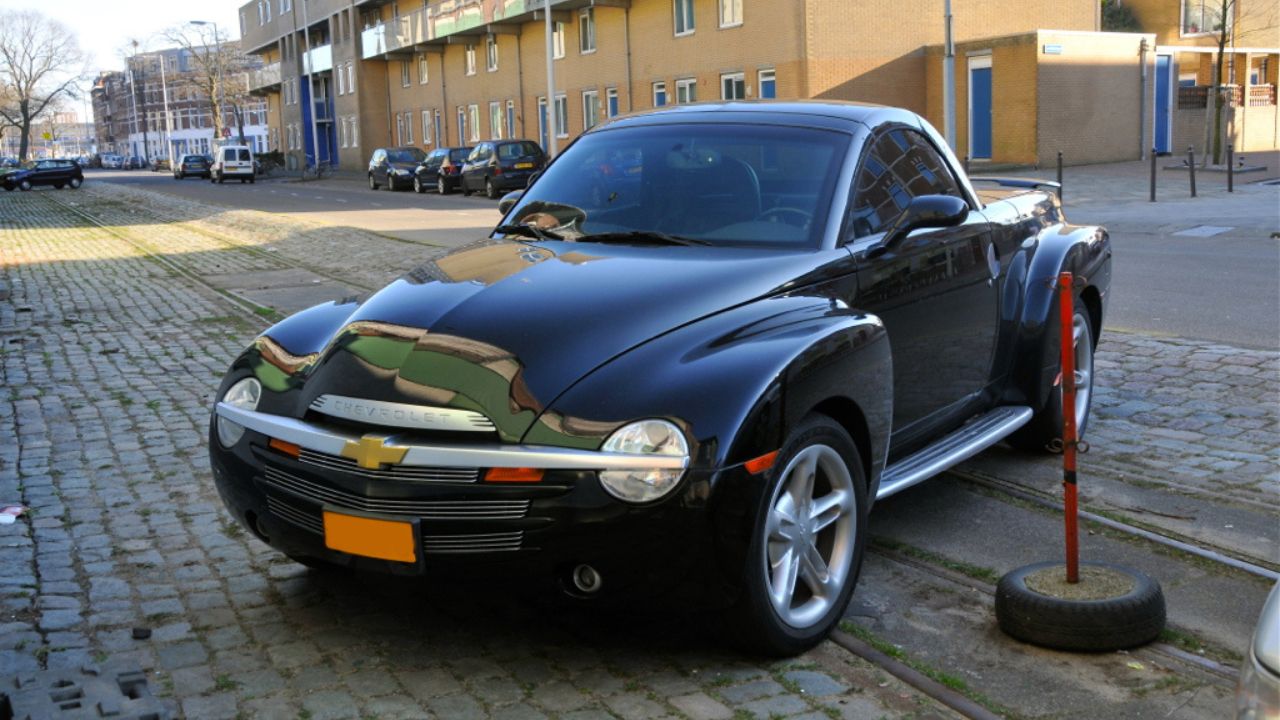
The Chevrolet SSR, introduced in 2003, combined the elements of a pickup truck with a convertible roadster. Its concept sketches promised a retro-inspired vehicle with modern flair, and the production model delivered on that vision with a retractable hardtop and a V8 engine. Despite its bold design and powerful performance, the SSR struggled to find a broad audience, leading to its discontinuation in 2006. However, it remains a standout example of automotive creativity and daring design.
BMW i3: The Futuristic Oddball
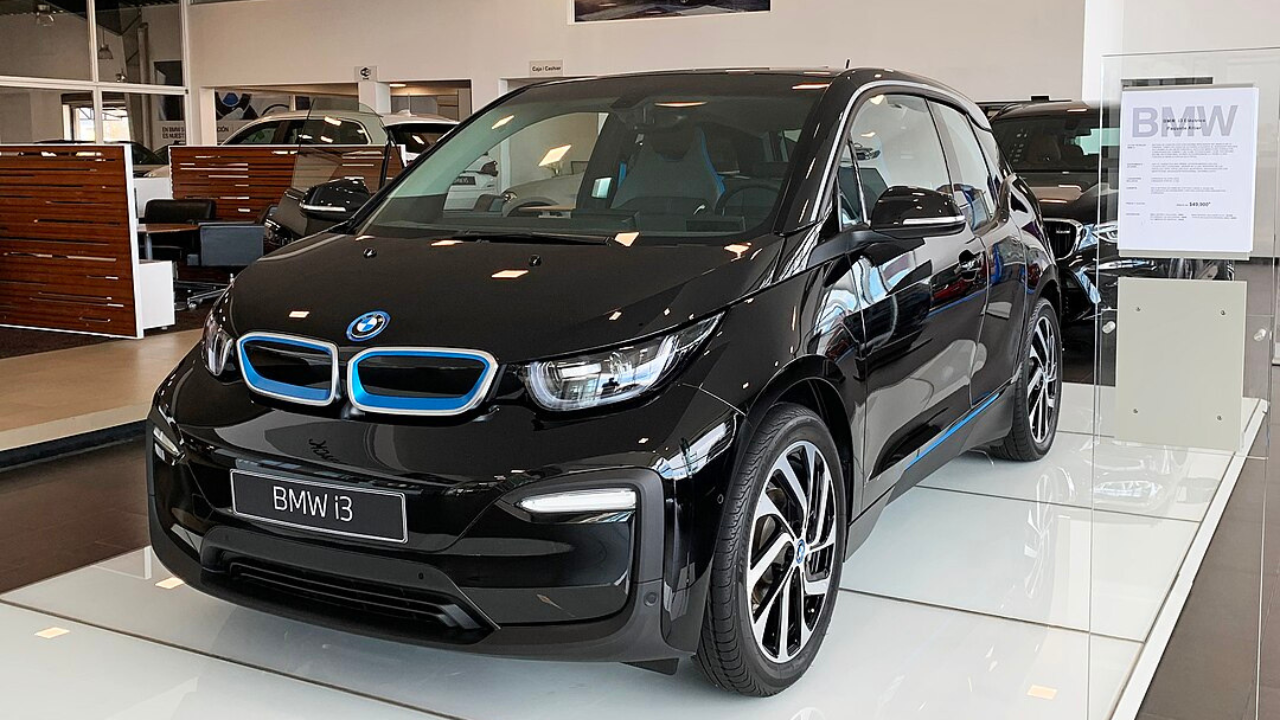
The BMW i3, launched in 2013, was a bold step into the future of electric vehicles. Its concept sketches hinted at a sleek, modern design, but the production model took it further with its boxy shape and sustainable materials. The i3’s innovative use of carbon fiber and eco-friendly interior set it apart from traditional vehicles. While its design was divisive, the i3 was praised for its forward-thinking approach and remains a significant milestone in BMW’s electric vehicle lineup.
Toyota Mirai: The Hydrogen-Powered Enigma
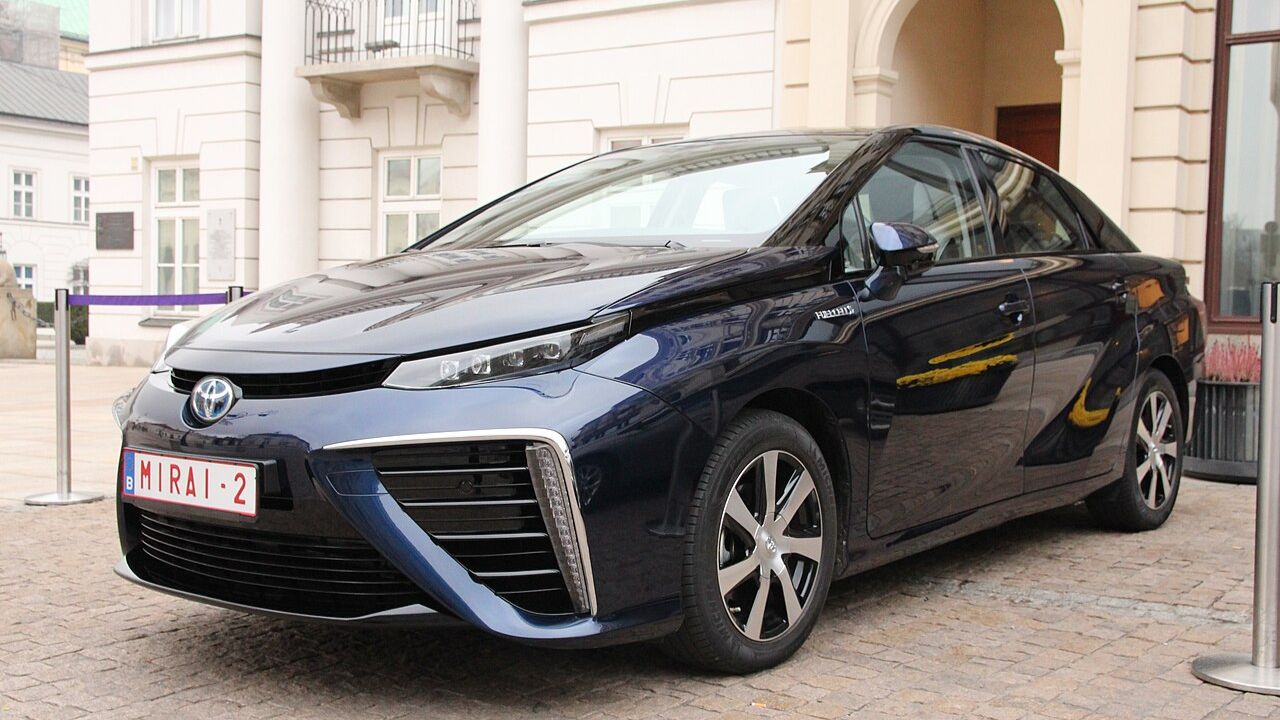
The Toyota Mirai, introduced in 2014, marked a significant step in hydrogen fuel cell technology. The concept sketches suggested a futuristic sedan, and the production model delivered with its sleek lines and advanced technology. While the Mirai’s design was not as radical as some concept cars, its hydrogen powertrain set it apart from conventional vehicles. The Mirai represents Toyota’s commitment to alternative fuel sources and continues to evolve with each new generation.
Renault Avantime: The MPV Coupe Experiment
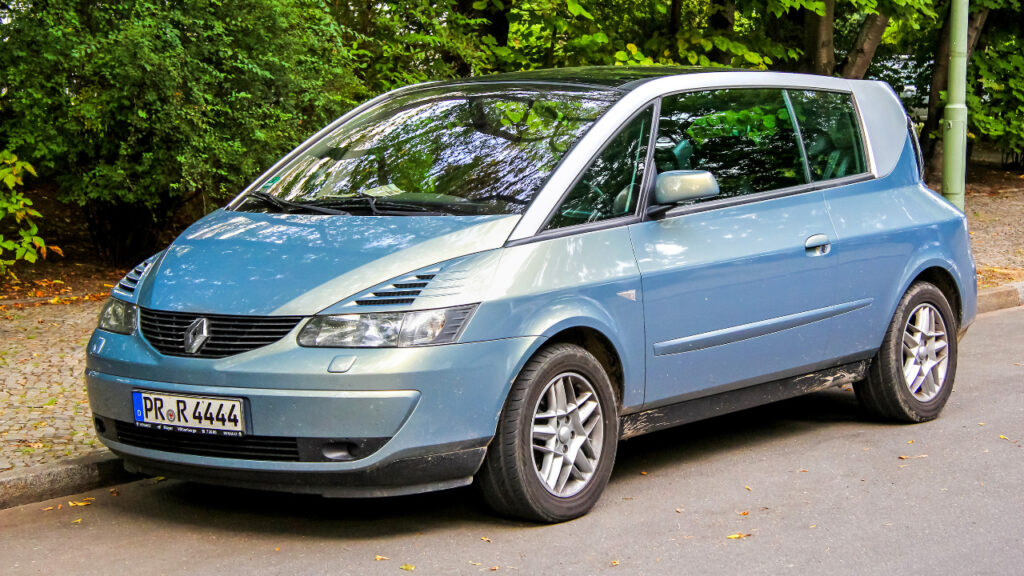
The Renault Avantime, launched in 2001, was an ambitious attempt to blend the spaciousness of an MPV with the style of a coupe. The concept sketches promised a unique vehicle, and the production model delivered with its bold design and panoramic glass roof. Despite its innovative approach, the Avantime struggled to find a market, leading to its discontinuation in 2003. However, it remains a fascinating example of Renault’s willingness to push design boundaries.
Aston Martin Lagonda: The Luxury Sedan Surprise
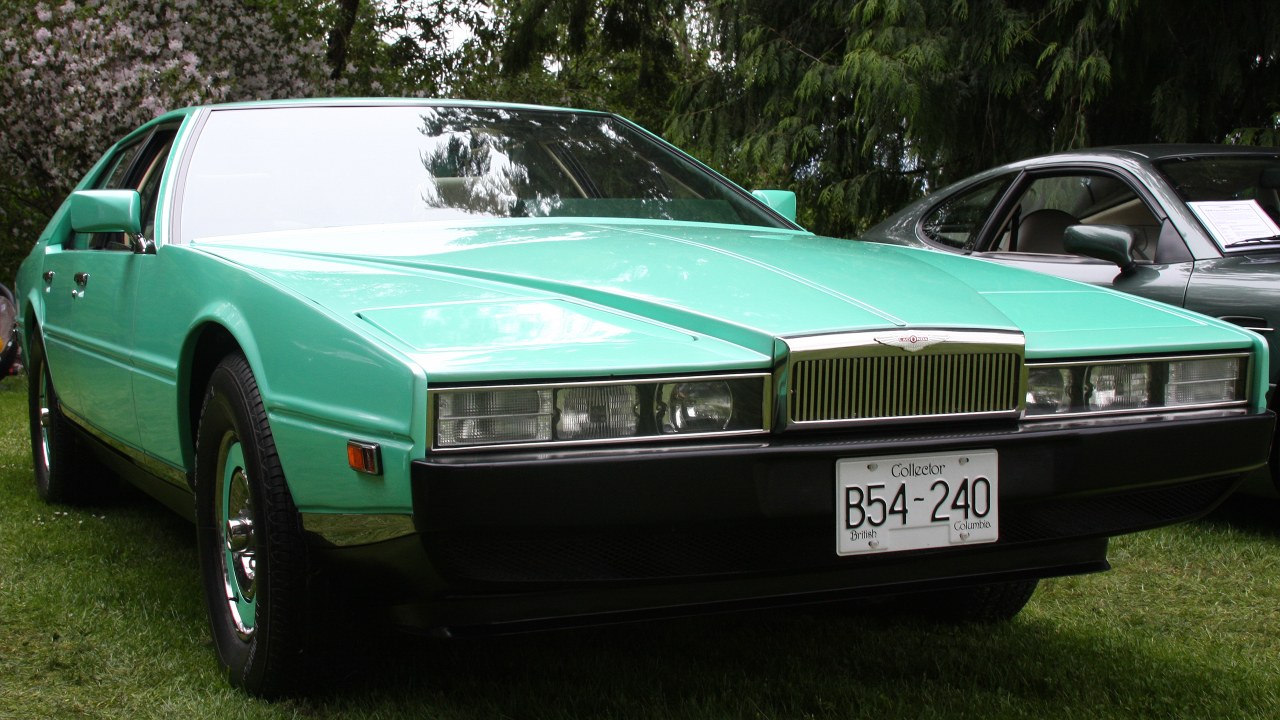
The Aston Martin Lagonda, first introduced in 1976, was a luxury sedan that broke away from traditional design norms. Its concept sketches hinted at a sleek, futuristic vehicle, and the production model delivered with its sharp lines and advanced technology. The Lagonda’s digital dashboard and angular design were ahead of their time, making it a standout in the luxury car market. Despite its polarizing appearance, the Lagonda remains an iconic example of Aston Martin’s innovative spirit.
Like Fast Lane Only’s content? Be sure to follow us.
Here’s more from us:
*Created with AI assistance and editor review.

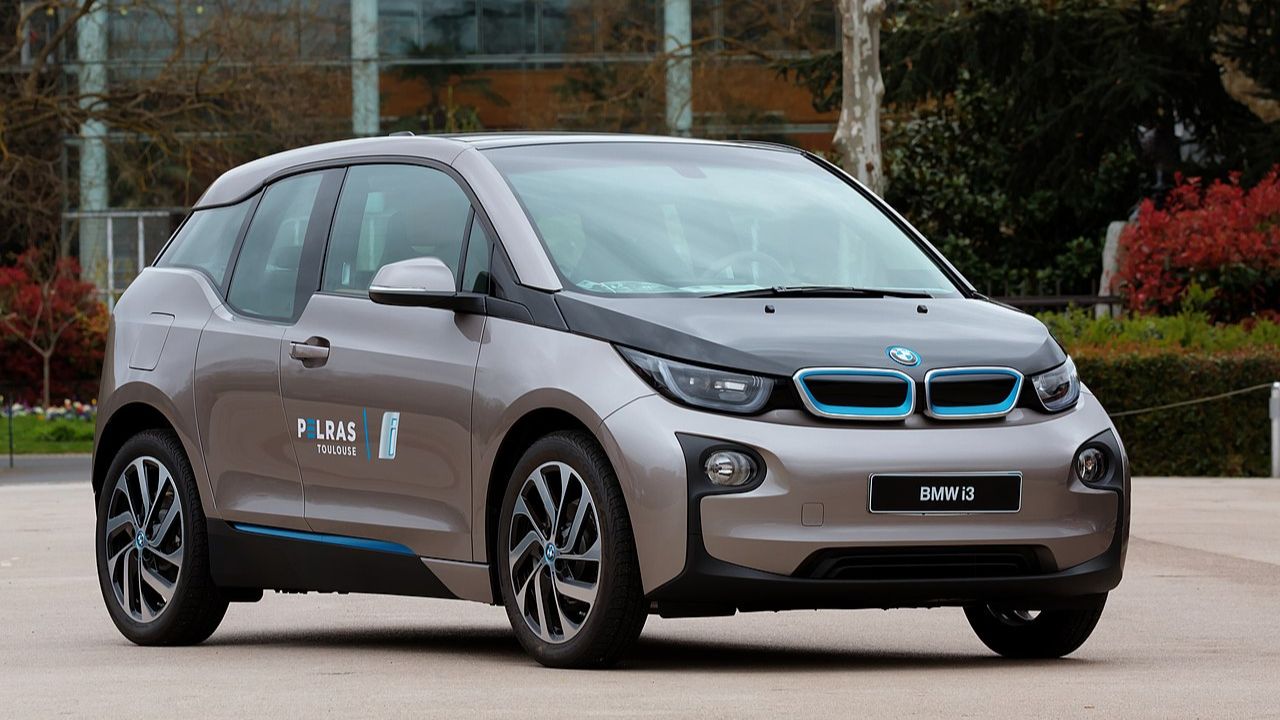

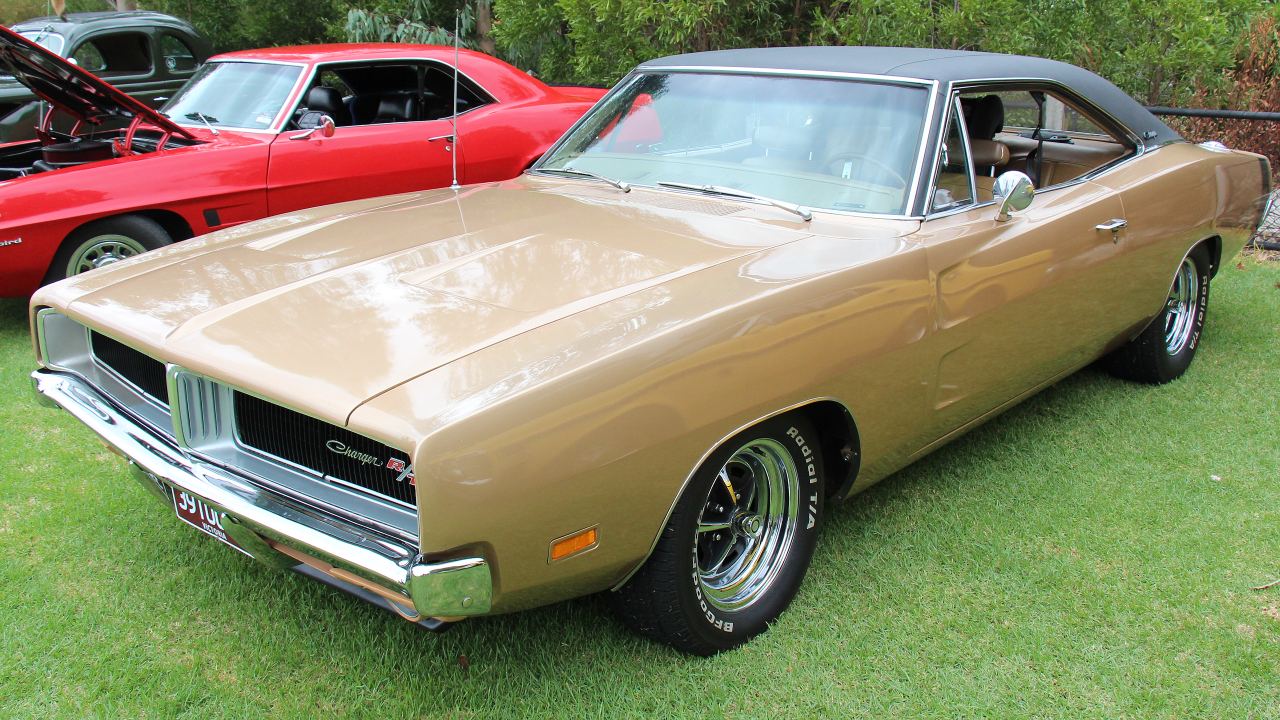
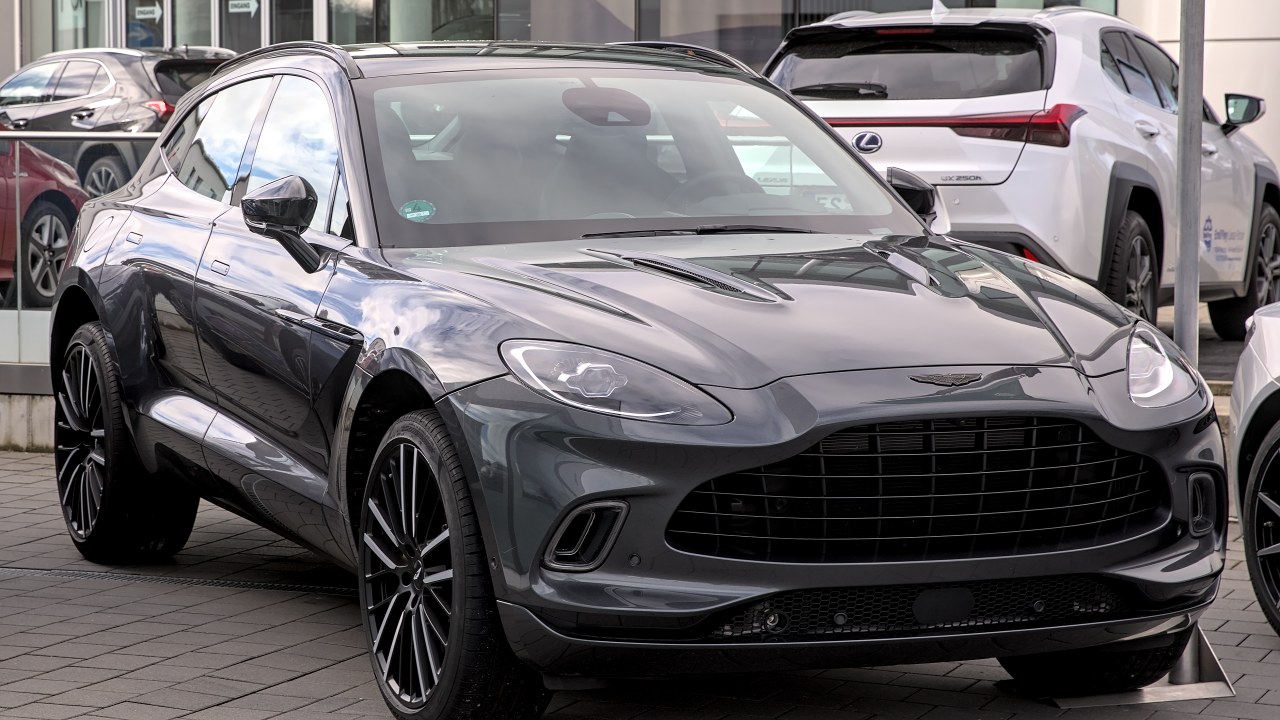
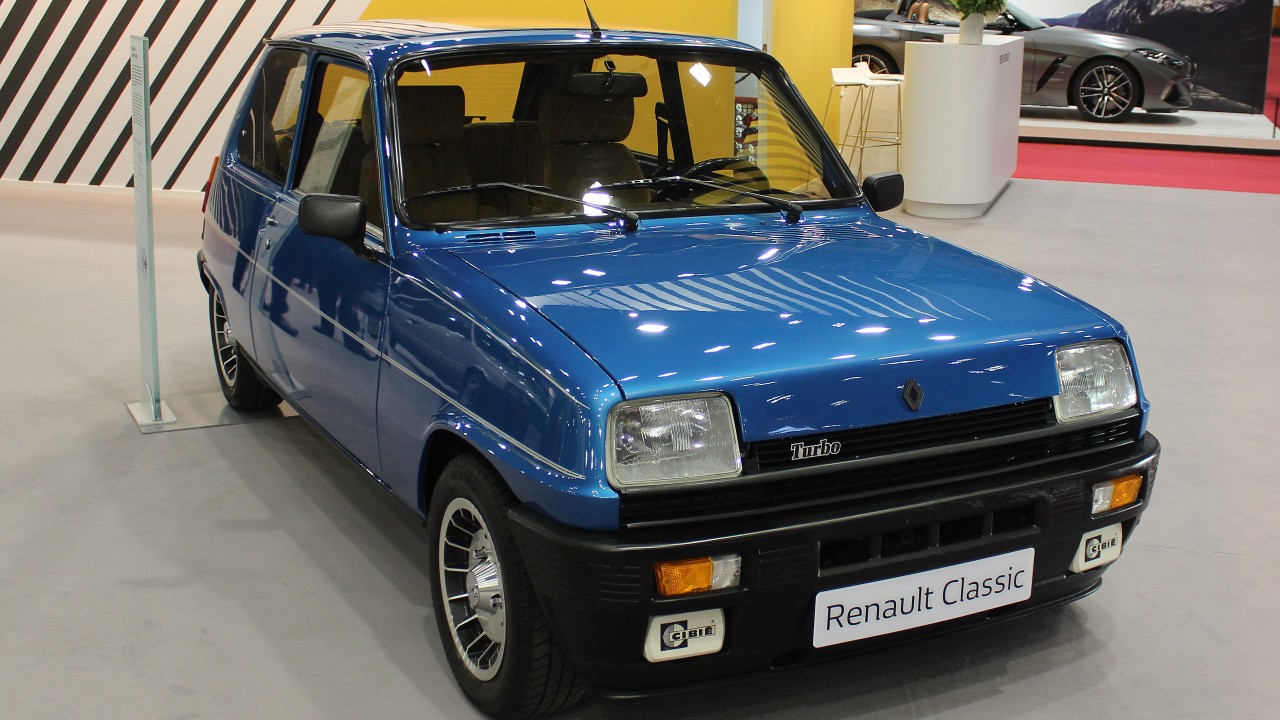
Leave a Reply